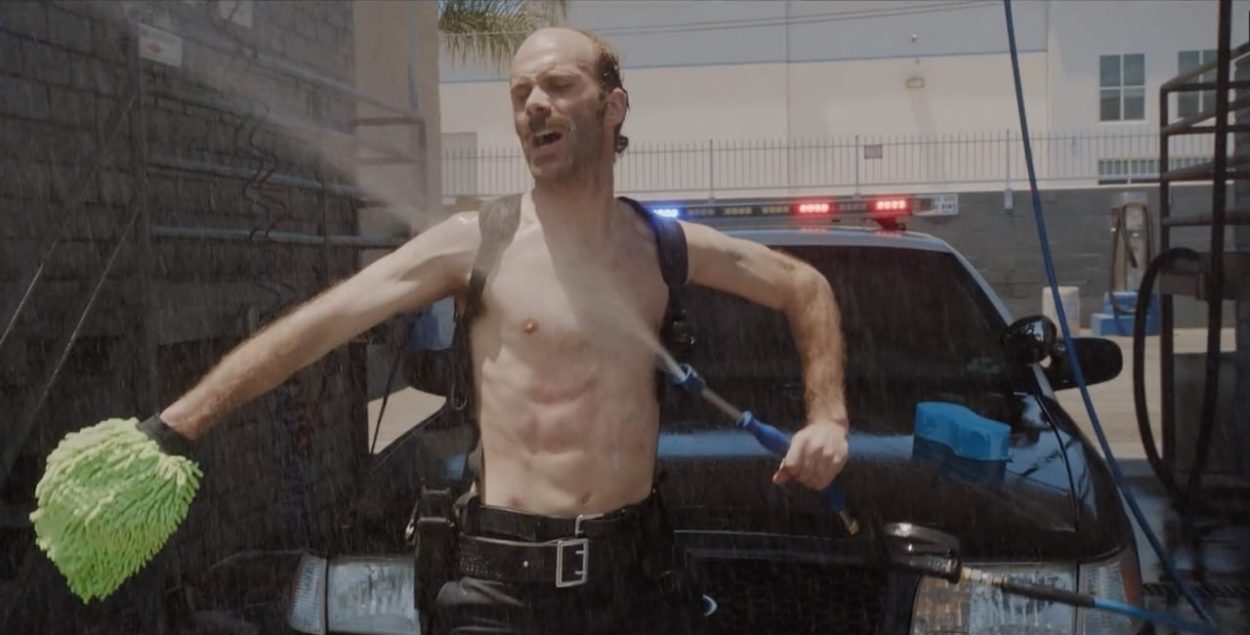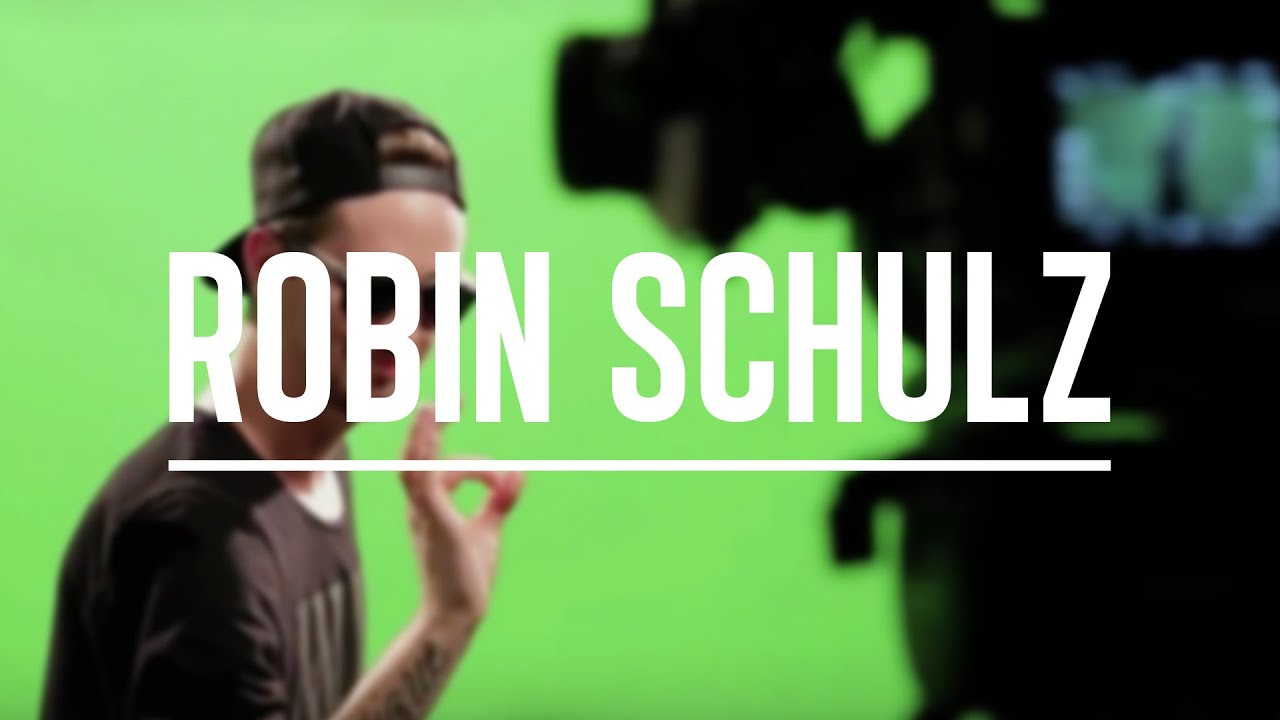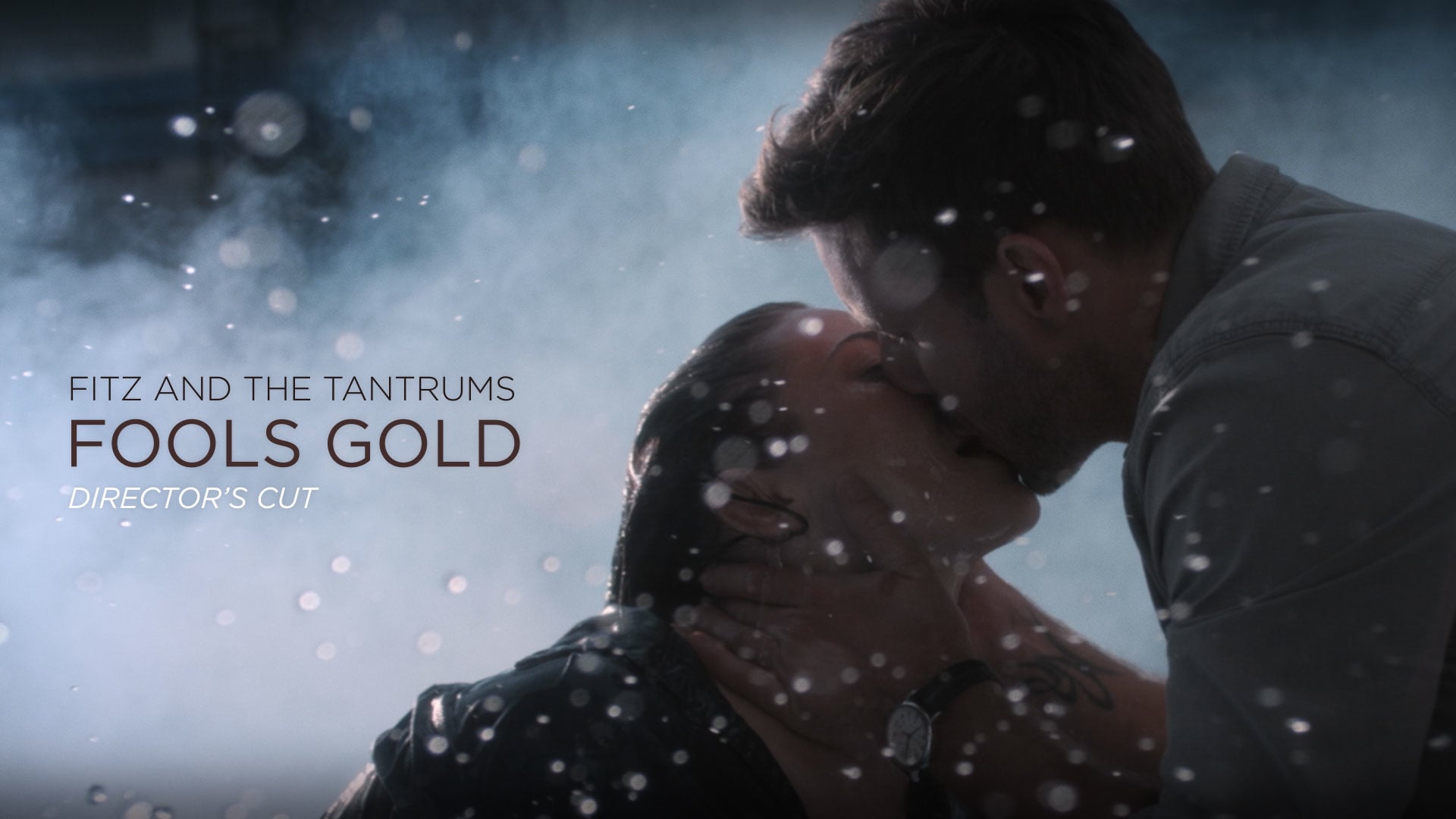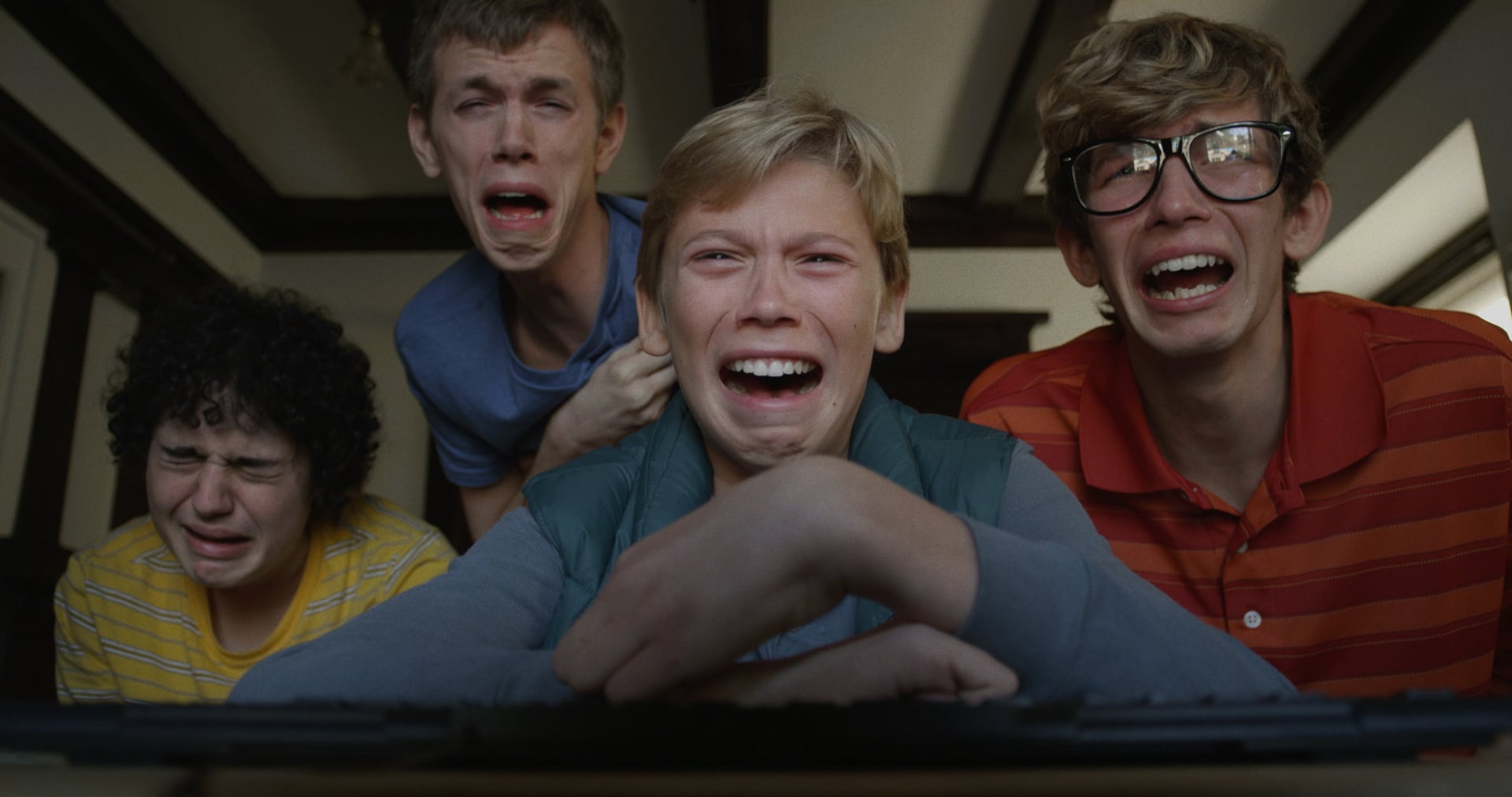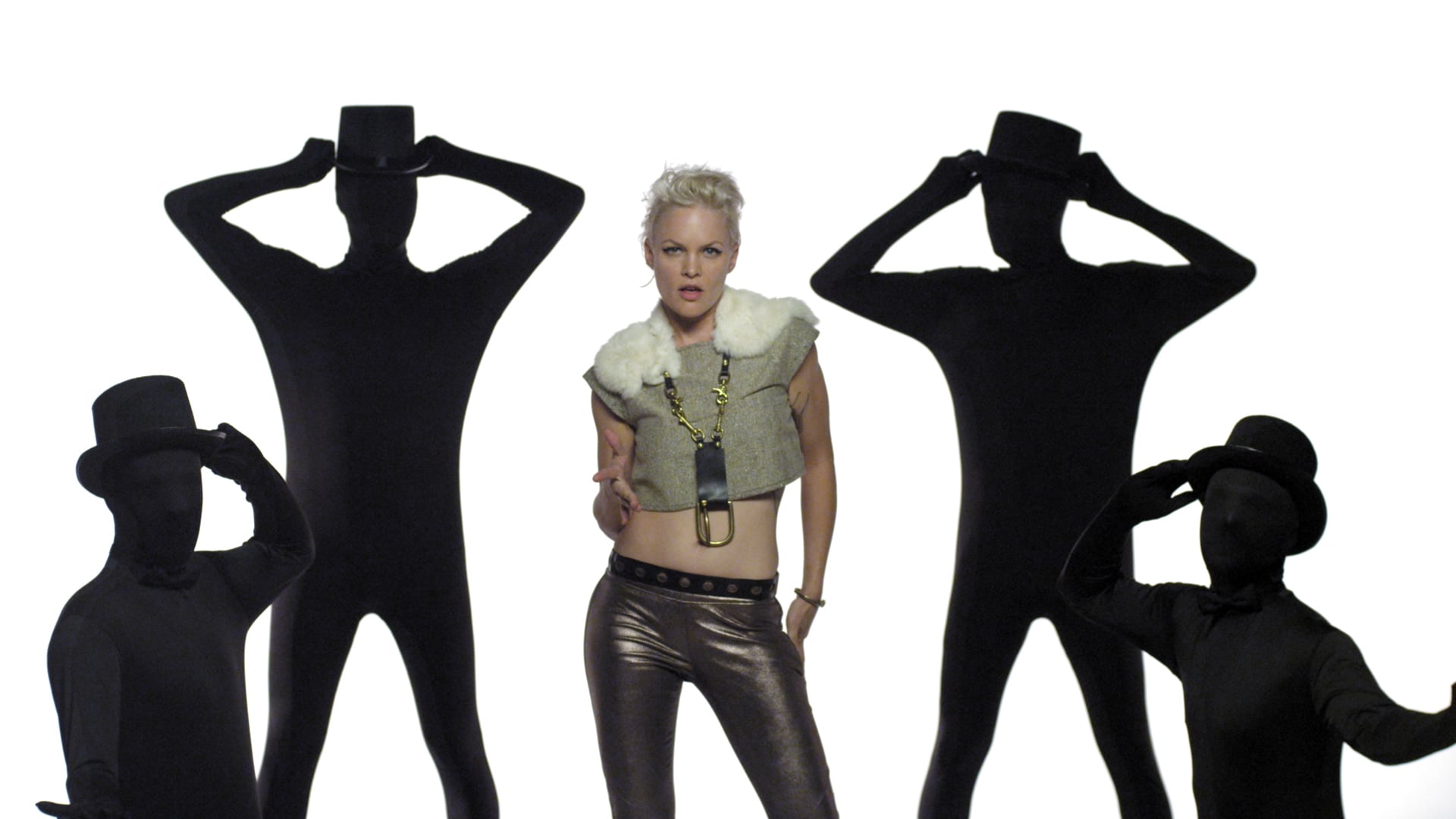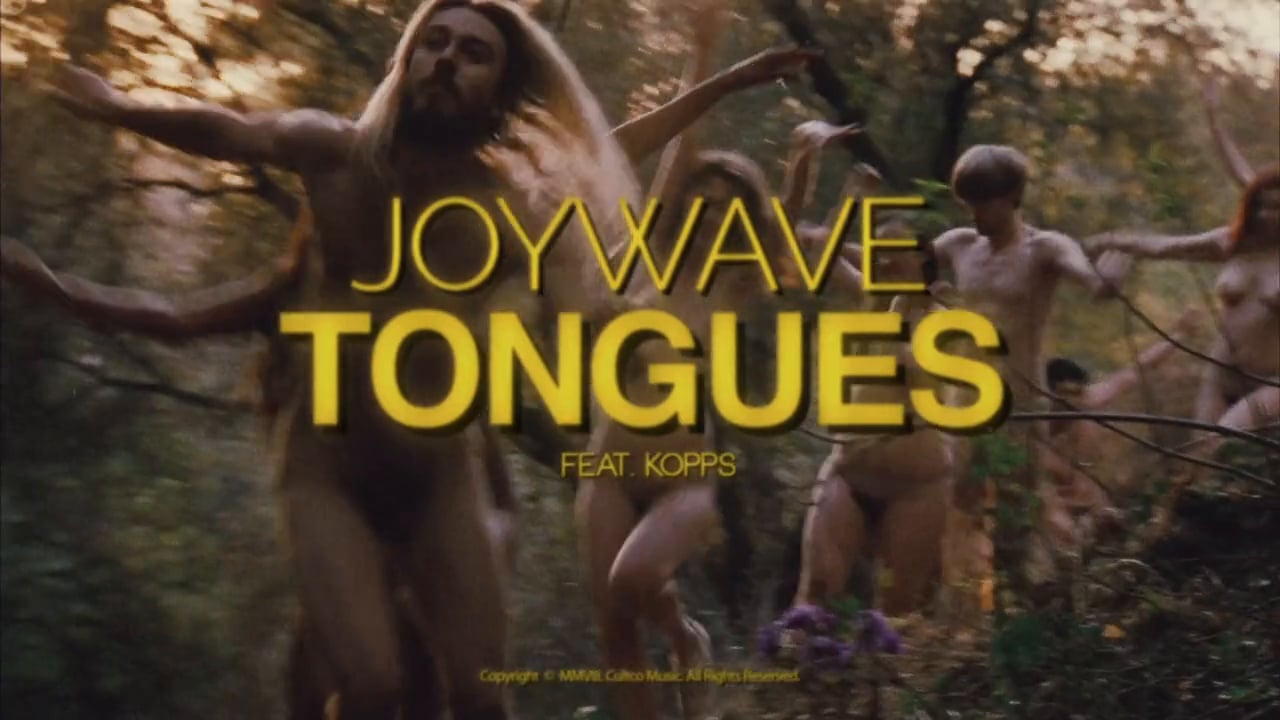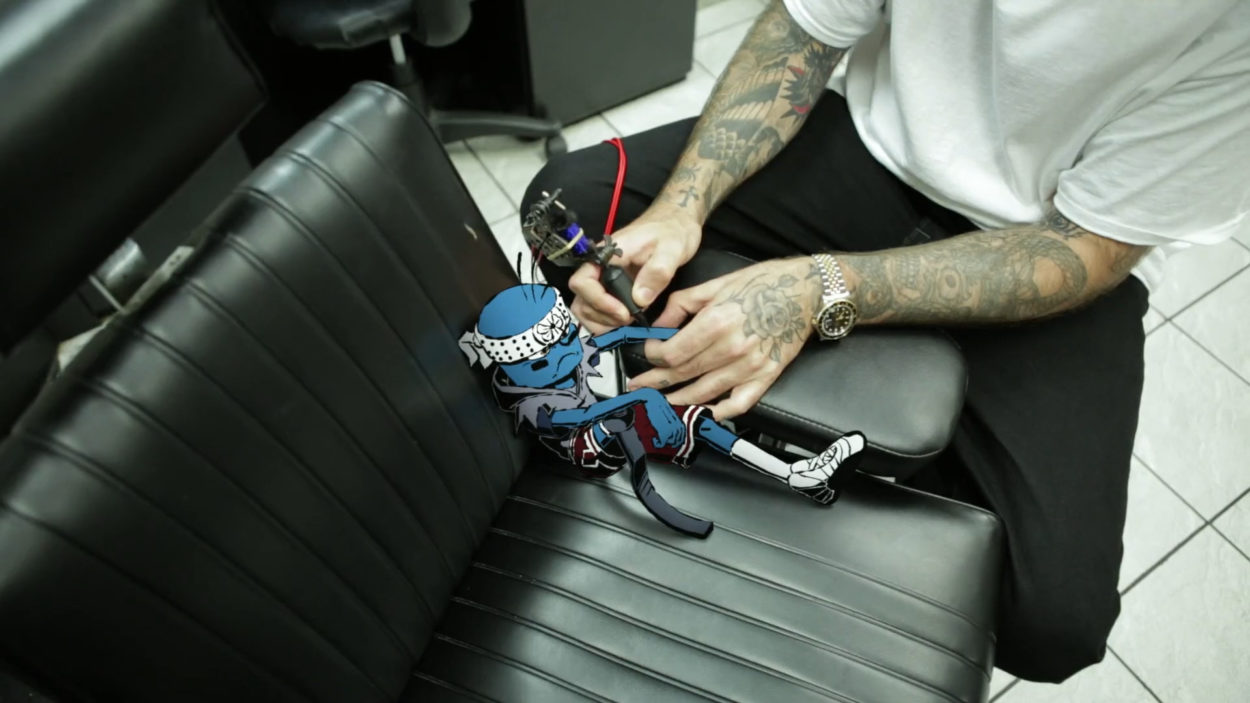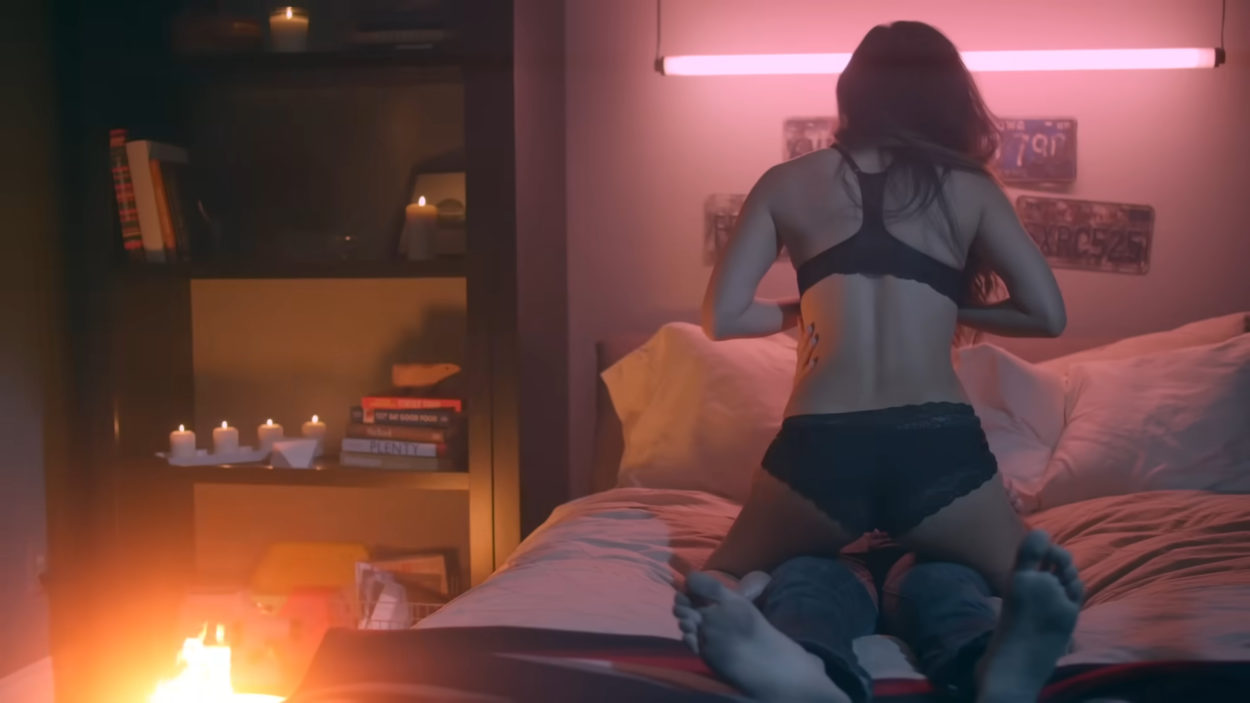When it comes to viewing music videos and ads, you gave us our first laugh in a long while. Was it tricky marrying up the comic timing to the track?
Not at all. You’d think so, but to be honest, this was one of the easiest music videos I’ve ever edited. It had its challenges like any other video, but I was surprised by how quickly and painlessly everything came together. I used to do a lot of post-production work before I started directing, and I still edit all my own videos (for the most part) so I’m usually thinking about how the video is going to cut together in my head before we start shooting.
I try to think about scenes in my music videos in terms of the section of the song we’re in, so when we were shooting, I knew that the car wash scene had to start at a specific time, I knew that we had to transition into the slow motion fade section car wash had to start 15 seconds later, and I knew that we had to move on to the next scene 17 seconds later.
I’m pretty meticulous in that way, and usually that causes problems for me in the edit because it’s hard to get that stuff exactly right and not have it feel too rushed or too drawn out. The time restrictions in music videos are real and immutable, and there’s usually at least one problem section where I have to go off-script to finesse it into feeling correct… But this one didn’t have that, which is crazy. Or maybe I’ve just gotten better at handling those challenges.
All I know is that even with the car stunts, I never had a moment where I felt like the story or pacing was compromised because something was playing too long or too short. We got really lucky in that sense.
What was the original brief and how did the script come about?
The brief was kind of a dream come true. A producer at the Berlin-based production company Easy Does It reached out to me directly because they had seen some of my previous work and wanted to see if I’d be interested in making the video with them. In a sense, the brief was “make a Zak Stoltz music video,” so I was pretty thrilled about that.
The actual idea we ended up going with came about pretty randomly when I was running errands one day about a year ago. I was listening to a really good driving song on the radio and started bobbing my head a bit.
Then I imagined someone taking that to the extreme and really letting loose. That was pretty funny by myself, but then I thought about how funny it would be to cut outside the vehicle and reveal the car just hitting EVERYTHING on the road, and that made me giggle a lot, so I figured it was an idea that I should keep around. When the Robin Schulz track landed in my lap and had a decent budget, I knew it was time to give it a shot. I was pretty stoked when the label went for it!
We love the hero. How did you go about casting him? Was it a matter of finding a crazy cool, dancing stuntman?
Nathan Barnatt! I love him too. He was someone that one of my producers had worked with in the past and thought would be a good fit. I completely agreed after watching some of his videos. He had the right look, he was a crazy dancer, he liked doing stunts, and I just knew that he would be the type of physical comedian who would go all out for something like this. We actually put him in the treatment as our ideal casting choice, so it was pretty exciting when we got him.
What were the main challenges of the shoot and how did you resolve them?
Locking down locations was definitely the biggest challenge. Because we were dealing with road closures and dangerous car stunts, we had to be able to tell the city exactly where all of the stunts were going to be taking place before we could even get the permits. This sounds pretty reasonable, but when you’re dealing with music video schedules, that meant that we had like three days to figure all of that out once preproduction started so that we’d have time to process permits.
And the best location for a particular stunt wasn’t always the right location. We had to make sure that all the locations we were choosing were close enough together that we wouldn’t lose time moving around (we had two days to shoot everything), and we tried consolidating as many locations as possible to cut costs and stay on budget. There wasn’t any time for uncertainty or second-guessing.
Luckily we planned everything out super well and had a great crew to get it all done.
One of your earlier pieces, Fool’s Gold, is totally different in tone, it’s comparatively dark. Was this your own visual response to the lyrics?
Yeah, “Fools Gold” was a really personal video. It was another adaptation of an idea that I’d had years ago. The original idea I based it on wasn’t nearly as dark or dramatic, but the song’s tone and lyrics felt a little more serious, so the idea just followed suit.
It was also the first thing I made after a breakup, so that definitely had a huge impact on the final product. The characters got a lot more definition because they were based on very real emotions and heartbreak I was experiencing at the time.
Would you say special effects are a natural part of your film language?
Totally. When you know how to use a certain tool, you start seeing the applications of that tool in more places. I try not to rely on effects in my work, but my knowledge of them has definitely influenced the type of ideas I come up with. I taught myself how to do visual effects in After Effects when I was a junior in college because I had a short film idea that was impossible to accomplish without them.
I can absolutely say that learning how to do visual effects was the best career and creative decision I’ve ever made as a director. Understanding what is and isn’t possible in post-production informs a lot of my decisions about how best to capture something on set, and more often than not it makes me want to do things practically because practical effects just look better most of the time.
We featured Joywave Tongues when it was released on 1.4. You co-directed it with DANIELS – how did this collaboration come about?
The Joywave video came about during a pretty busy time for DANIELS.
They were in the middle of prepping “Turn Down For What” and working on another commercial project when the job was awarded, so I was brought in to lighten the load in a way and make sure that all three jobs got the attention they deserved.
Before the Joywave video, I’d worked with DANIELS on a handful of projects as a visual effects artist. They’re friends of mine, and we have a lot of mutual respect for each other’s work, so I think they just trusted me to do a good job because we have pretty similar tastes and sensibilities. It was pretty flattering to be honest, and I’m really happy with how the video turned out. That’s not to say it wasn’t without its challenges.
I think it was a lot harder for me to adapt to co-directing than it was for them. They’re already used to working as a team, so adding a third member to that team wasn’t as big of a deal as it was for me to figure out how to direct as part of a team. Luckily we were able to iron all of that out before production started, so we were totally in sync on set. It was really cool to work with them and create something that was very much a blend of both of our directing styles.
May we have a brief potted history on how you came to direct please?
I was a huge computer geek growing up thanks to my dad, and when I was in 9th grade, he brought home a pretty basic non-linear editing program called Pinnacle Studio that I dove into that pretty hard.
I started making videos with my friends and editing them for school projects, but I never really contemplated a career in the film industry. I was always the director in high school because I knew more about the technology, but that was about it. I thought I was going to be an engineer. That was the plan. But then when I got to college, the only classes that interested me were the film classes.
I continued making and editing things in college. I taught myself VFX, and then when I graduated I fell into post-production work because that’s what I had the most experience in. I was mostly editing and doing visual effects for a few years after college, but I found some time to make some stuff on the side. One of those projects was called BEARD PUNCH, and that’s ultimately what got me noticed as a director.
Since then, I’ve been directing more and more frequently. I still do a fair amount of VFX work to pay the bills, but I’m hoping to be able to phase that out relatively soon.
List five inspirations that have connected with you recently:
I think my biggest inspiration as a director has been all the freaking video games I played growing up. That’s pretty much all I did. Realizing that that was such an inspiration has resulted in me getting back into video games lately, and my love for them has been rekindled by the Batman: Arkham Trilogy. Those games are incredible, and they’ve definitely inspired some new ideas in me. Video games these days are so realistic and have such wonderful stories, and they’re not afraid to take risks. I love that.
It’s hard to point to specific inspirations for me because I’m a bit of a sponge, and I try not to do the same thing twice, but some things I’ve been exposed to recently that I love include the movie Inside Out, the short stories of Phillip K. Dick, the video game Earthbound, Sesame Street, and my roommate’s dog, Taco. I think I might be a bit of a weirdo.
